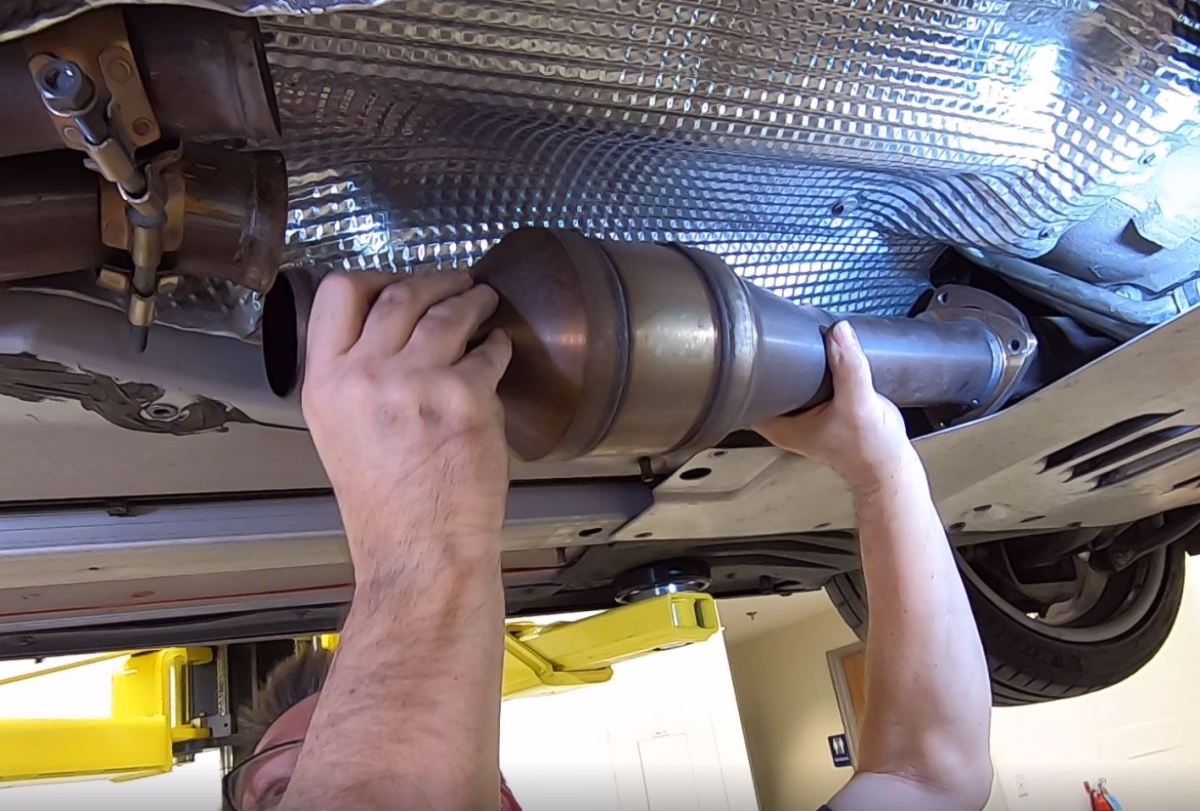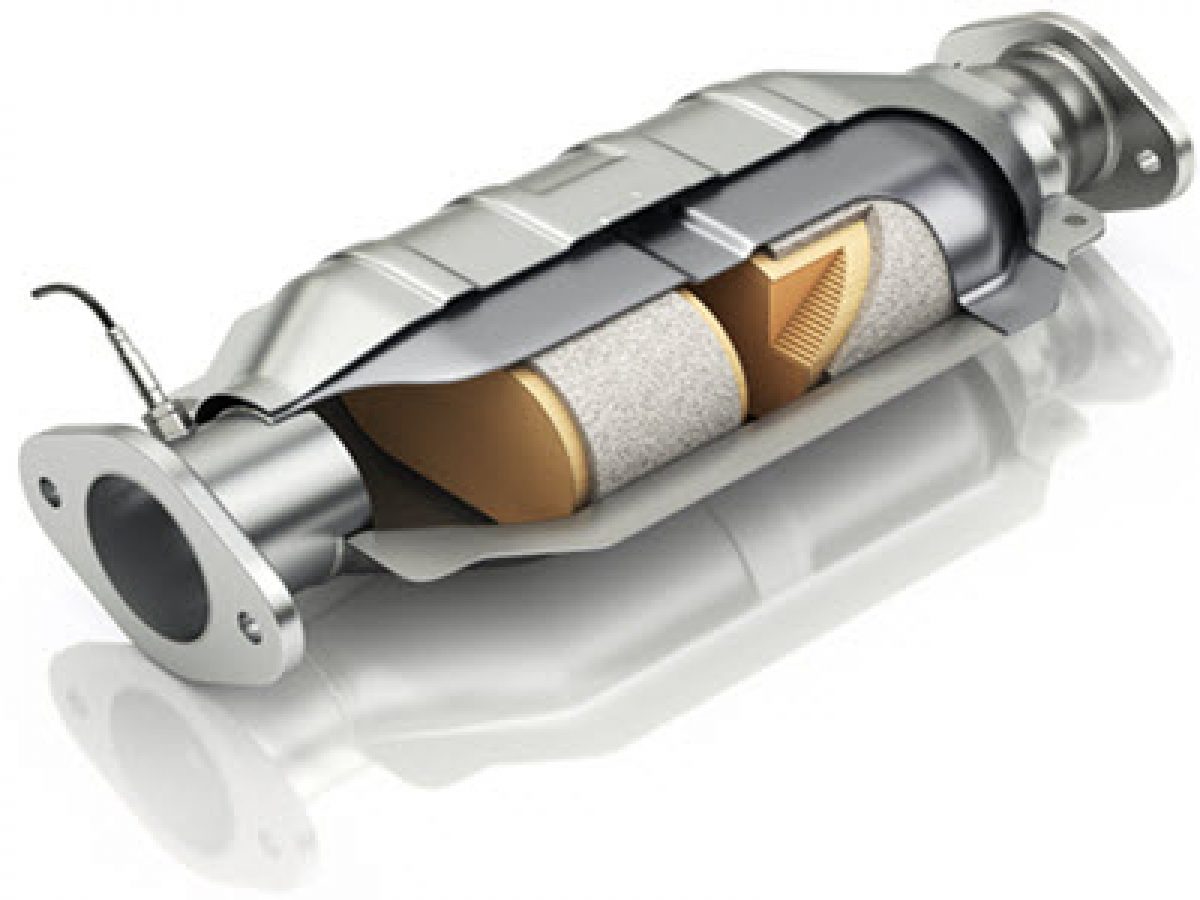Today, we are going to consider driving with a bad catalytic converter, all you should…
Tag: Driving with a bad catalytic converter
Car problems

Continue Reading

How To Drive With A Bad Catalytic Converter
In our article today, we are going to teach you how to drive with bad…

